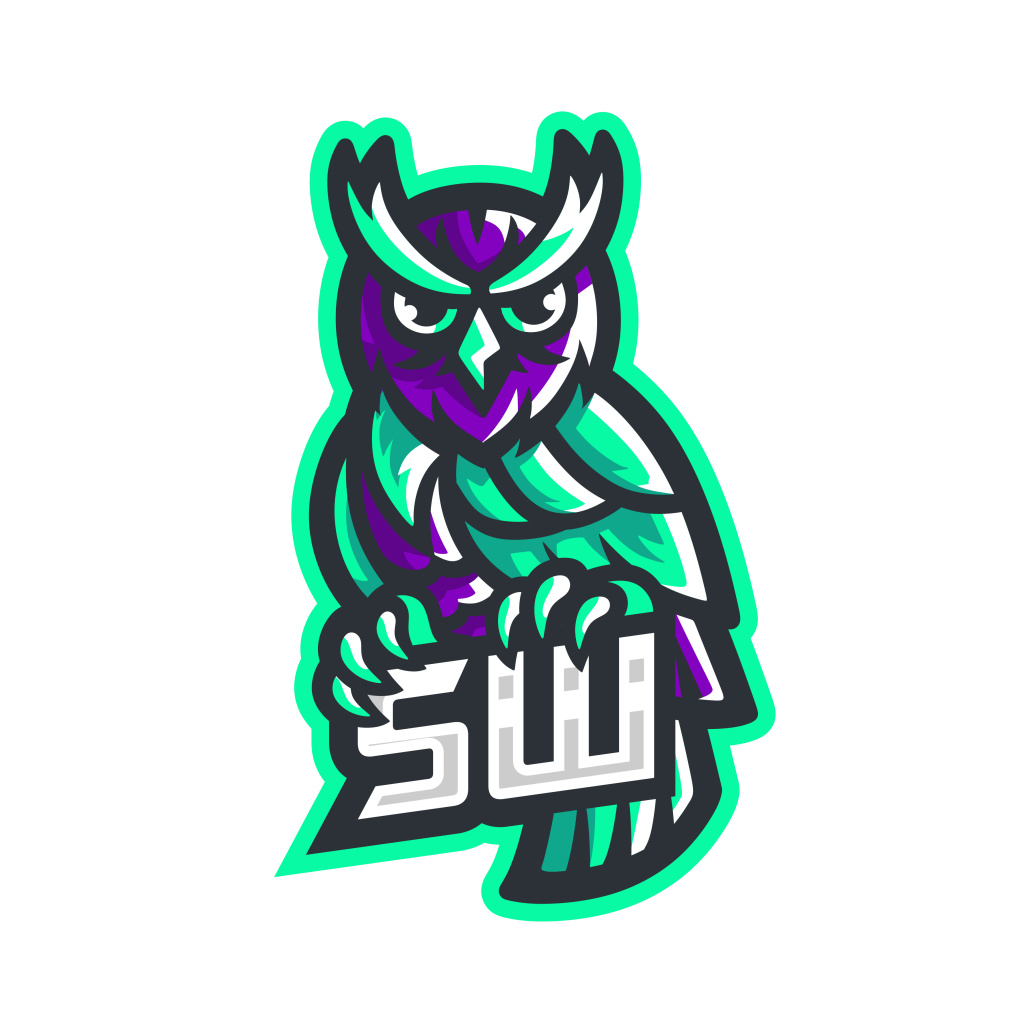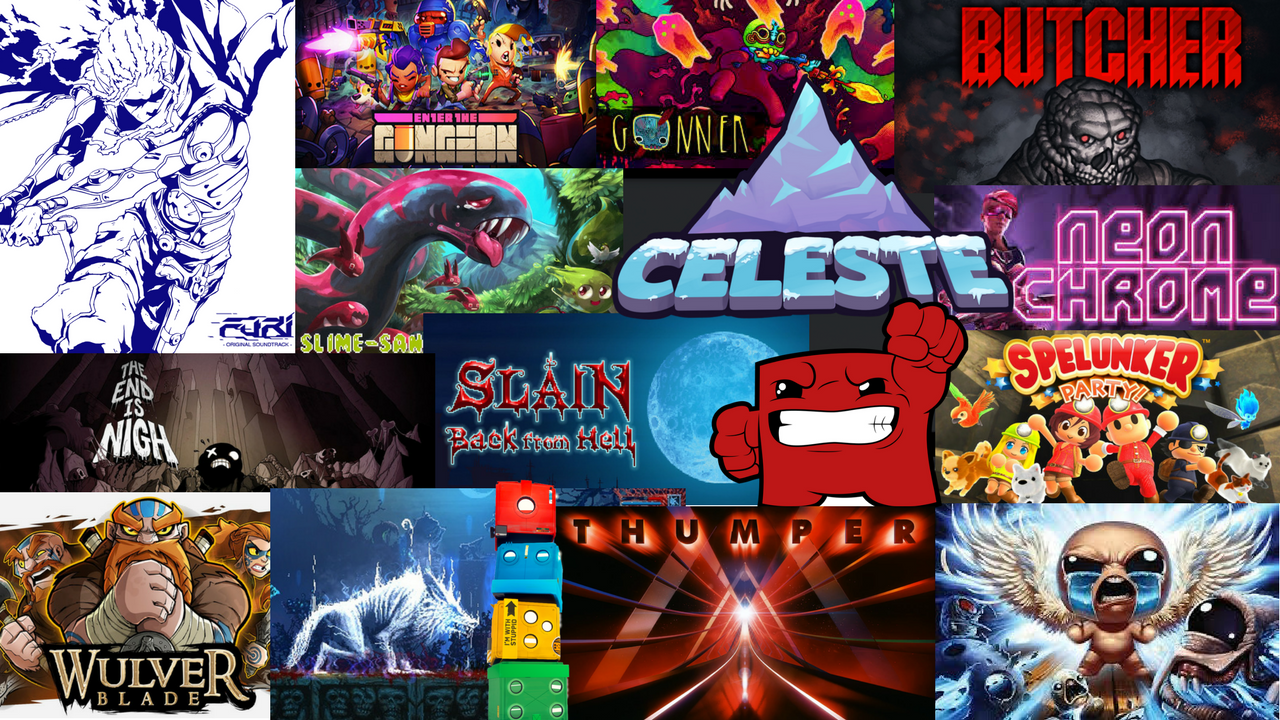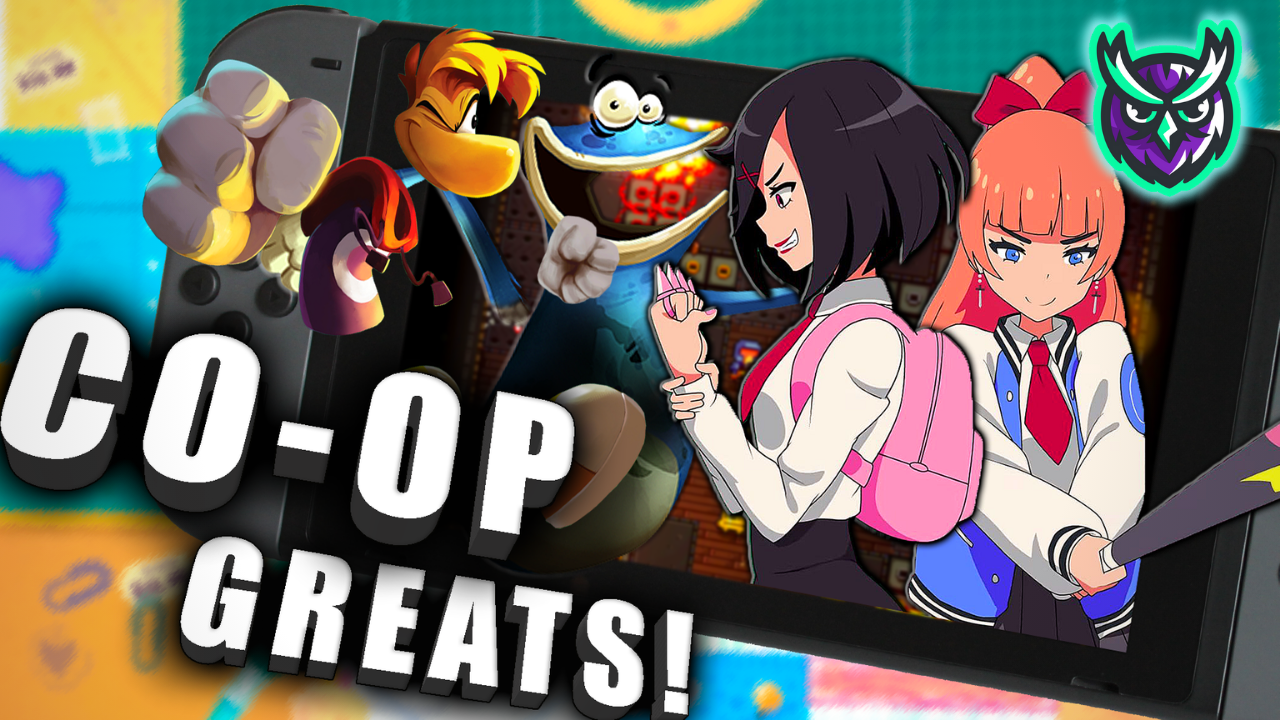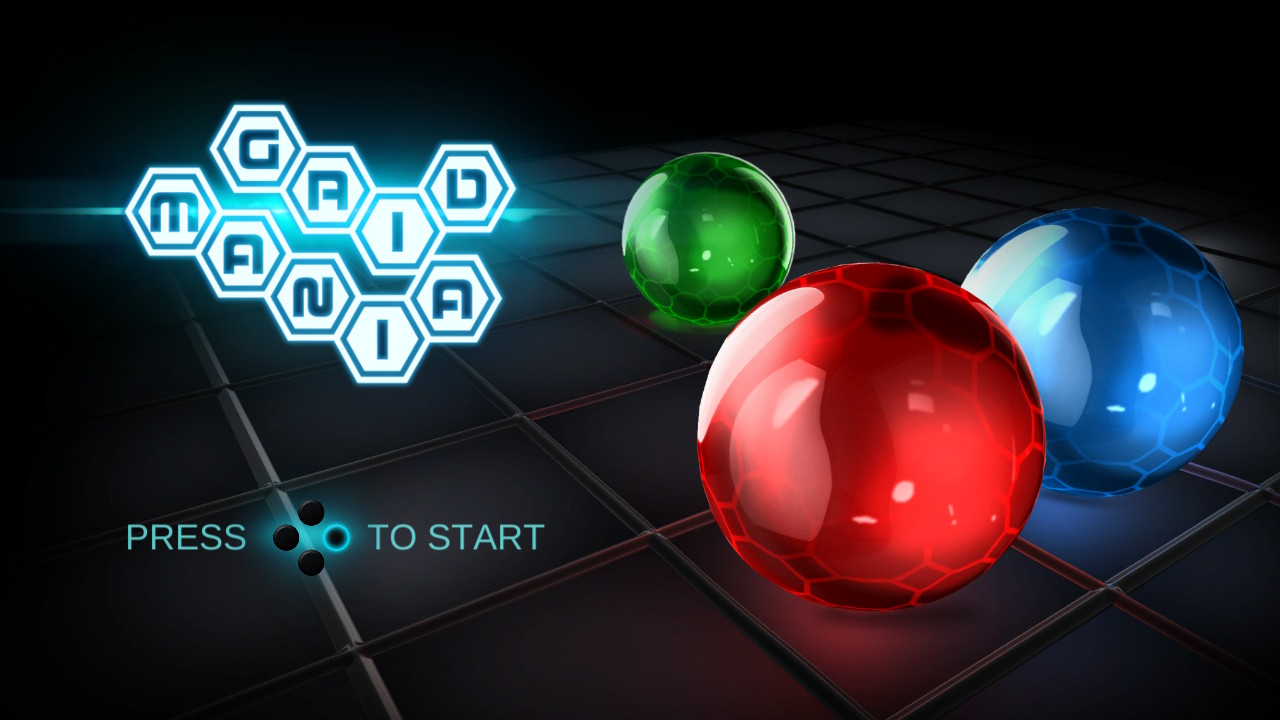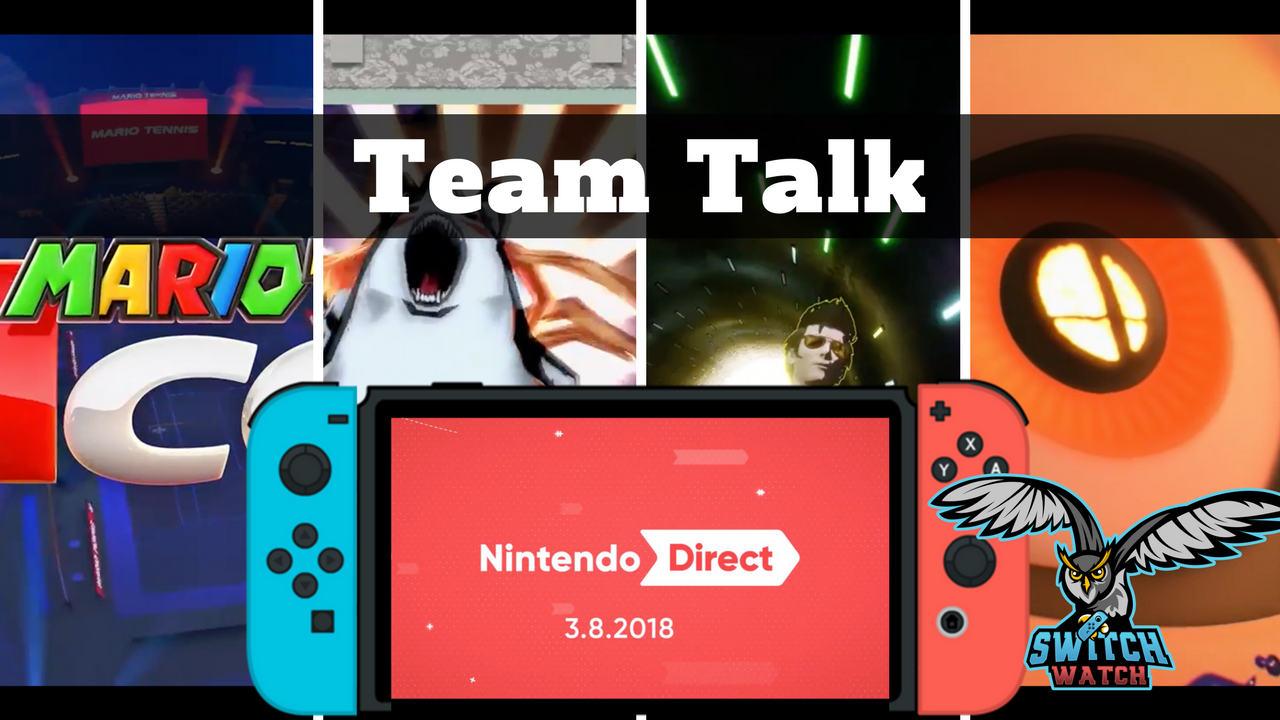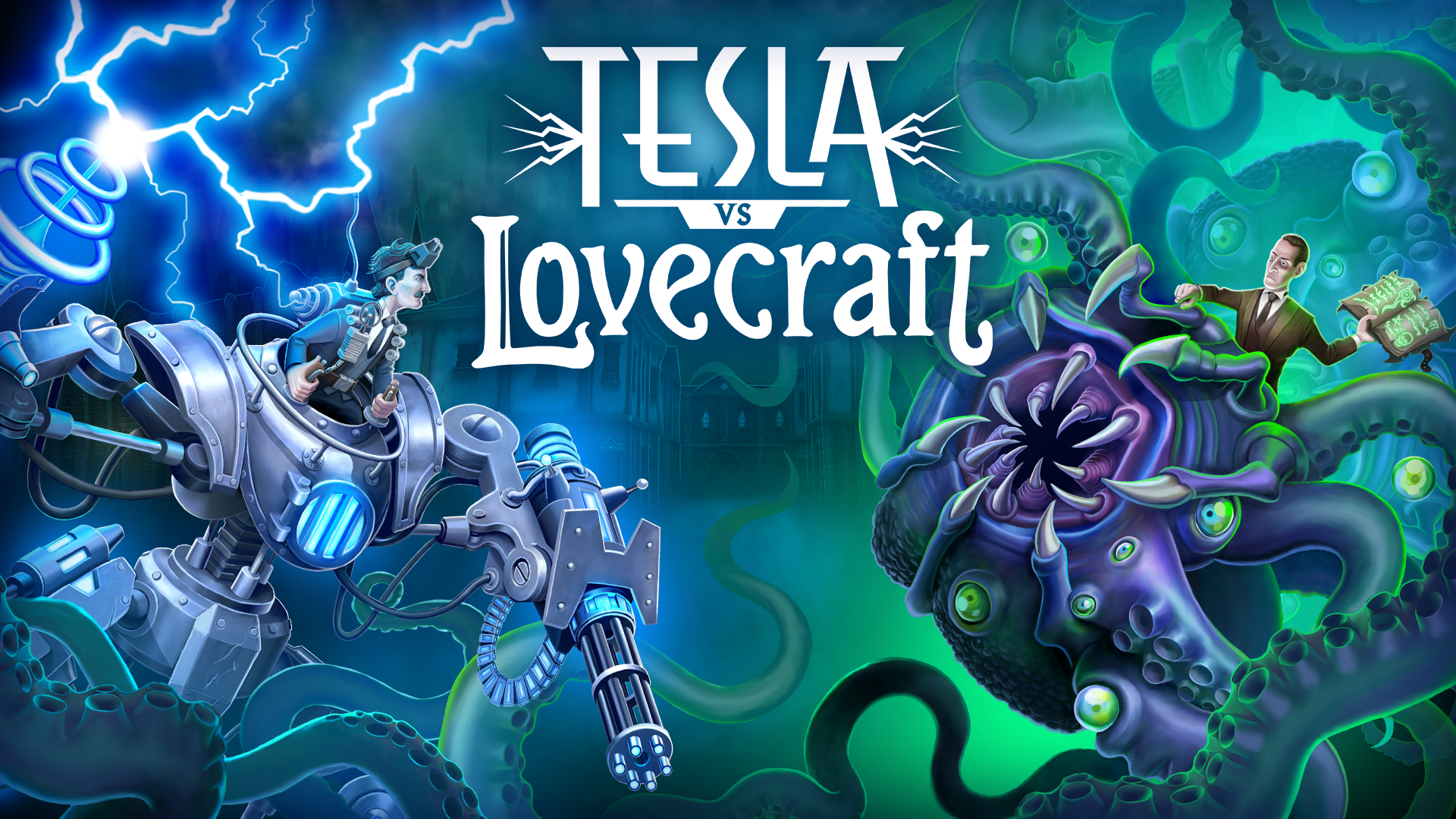Grid Mania Nintendo Switch Review
Developer: Qubic Games
Publisher: Qubic Games
Release Date: March 2nd 2018
Price as of Article: $3.99 USD, £3.59 GBP
Rating: E – Everyone
File Size: 152MB
How do I put this in the most flattering way possible? There are only a few songs that play while you solve puzzles, and they mostly sound like some good, ol’ fashioned 1970’s porn music. Don’t get me wrong, it sounds great in this context and works fantastically for background noise. After all, that’s exactly what the role porn music serves anyway.
All jokes aside the music lacks variety and isn’t very compelling, but it serves its purpose well. Your focus is on the puzzles, and you don’t want music that is complex enough to distract you. By keeping the music paired down to simply beats, it keeps you engrossed with the puzzles the way it was intended. While it isn’t perfect by any means, it is still decent enough for what it is.
<script async src=”//pagead2.googlesyndication.com/pagead/js/adsbygoogle.js”></script><!– –><ins class=”adsbygoogle”<!– –> style=”display:block; text-align:center;”<!– –> data-ad-layout=”in-article”<!– –> data-ad-format=”fluid”<!– –> data-ad-client=”ca-pub-5661714653949151″<!– –> data-ad-slot=”5669732186″></ins><!– –><script><!– –> (adsbygoogle = window.adsbygoogle || []).push({});<!– –></script>
Much like the audio, there isn’t much to look at here, but that is actually one of the game’s strengths. It never distracts you with any flashy designs. Everything is compact and fits nicely in the screen to easily convey all of the pertinent information you need. There is not really a HUD to concern yourself with here, either. One factor which hampered the visual design of another similar game I reviewed once called Tactical Mind, also developed by Qubic Games, was that a large HUD took up a quarter of the screen. While the information was necessary, it did not look appealing.
In Grid Mania, simplicity is key, and I can really appreciate that from the visuals departments of Qubic Games. Just like when you are composing a work of art, sometimes you must know when to leave negative space. The layout of this game shows that the developers were keenly aware of this design philosophy. The only information you see on the screen aside from the actual playing grid is a pause and restart button which are necessary for touchscreen play and a counter showing the time elapsed and the number of moves performed. The light blue color of this side information helps them to remain in the background.

At its core, Grid Mania is a puzzle board game with one key principle; you need to move balls around on a grid to complete the tasks you are given. When you start, there will be colored balls set strategically about on the grid. You will move the balls around to certain spots depending on the mode you are playing on. However, there is a twist. Whenever you move a ball on a certain row or column, every ball on said row or column will also move in that same direction. This forces you to be very strategic in how you control the board. There are four modes you can play in: Casual Puzzle, Quick Challenge, Grid Madness and Chain Reaction. Each mode comes with its own type of challenges, and there are between 31-61 unique stage layouts for each one for a grand total of 175 stages.

Casual Mode is one of the two most forgiving modes in this title, but I also found it to be one of the most enjoyable. In casual mode, you will have a certain number of balls on the grid as well as a corresponding number of panels to maneuver the balls onto. Sometimes this mode feels a little complex. I won’t tell you here since half of the fun in this type of game is finding it out for yourself, but there is a key which makes almost all of the puzzles in casual mode relatively simple. However, doing it this was is not efficient for your completion time or time to complete it, so you will just need to experiment and find the way which works best for you. With that said, it is easiest at first when you only have two ball colors to work with. Once you get further into the stage list for this mode and begin needing to maneuver three kinds, it begins to become far more challenging.

Quick Challenge was the mode that I found to be the most…well…challenging. The rules of this mode are quite simple. It is the same as casual mode except that you have to complete the puzzle within a set number of moves. If you fail, then you need to start over. If any one of the modes is going to stump you and force you to sit there and study the board, this one will be it. Also, the game tracks how many times you failed to complete each stage, so you will have that number taunting you!

In Grid Madness, balls will be set all around the board at random places. Your goal is to line up three or more balls of the same color. By doing so, they will disappear and leave colored tiles behind. After that, new balls will appear on the board again at random places. Your goal is to leave every single space on the board colored. I found this mode to be the least challenging and frankly the most boring. Once I realized that I could color even a single space by lining up three on it and adjacent, already-colored spaced, it just became too simple.

The final mode is Chain Reaction. In this mode, there will be one colored tile on the board for each one of the colors represented by the balls. Your goal in this mode is to get one appropriately-colored ball onto each colored tile then line up the rest of the balls in adjacent spaces around those. I found this mode to be about equally as challenging as Casual Mode.
I found myself surprised by how much I enjoyed this game. I would normally expect to be bored within minutes, but I found myself not wanting to put it down. The pace at which I was completing the puzzles kept me wanting to push on to the next one. Then, when I started to get bored of one more, I was just able to Switch right to another. However, it should be noted that this is the kind of game best played in small doses. I am playing it for review and thus needed to play it for somewhat more extended sessions that I might have for casual play. I found that playing it like this made it feel repetitive a little more quickly than I would have liked. The fact is that even though there are four modes of play, they three of them adhere to the same basic concept enough that it just doesn’t feel like that great of a change.

Great Use of the Touchscreen
Normally I bring up touchscreen mechanics in the performance section, but the touchscreen enhances the experience here enough that I felt compelled to write about it in the gameplay section. The touchscreen perfectly complements the playing experience here. To use the buttons, you need to place the courser on a particular tile with the left analog stick or the face buttons on the left Joy-Con. Then, you press the corresponding ABXY button to rotate the row or column where you want it to go. This works well enough, but it can take a little while to get the courser where you want it to be. Also, you can use the right analog stick to rotate them, but I wouldn’t recommend it as it’s easy to send them in the wrong direction. However, I found that using the touchscreen resulted in a far smoother experience. The icons are all large enough that it is easy to touch them, and you just drag it in the direction you want to rotate it. I found this to be far quicker and more intuitive since all it takes is the time required to position your finger, and the whole action is done with one quick motion.
One thing that affected my experience negatively was the close proximity of the restart and pause buttons to the game board meant that I was accidentally touching them a little too frequently. There were times where I was at the end of a long puzzle and accidentally hit the restart icon. It doesn’t ask you for a confirmation when you do so, and I had to go back to the beginning of the puzzle. Needless to say, this could be quite frustrating on some if the more challenging end-game puzzles.
*This review was written by Brian Myers for switchwatch.co.uk.
This is what it always comes down to: is it worth your hard-earned cash? In my humble opinion, there is only one answer: yes! This was a surprisingly fun little puzzler that will offer you hours of entertainment if you like looking for patterns on a board. Playing well here is all about observing the board and predicting where your pieces will end up. You need to be a few steps ahead at all times if you want to keep your moves and time needed for each stage as low as possible. This is especially true in Quick Challenge mode. Anyway, at $3.99/£3.59, the price is really quite hard to argue with.

This is a particularly great game for kids because it encourages them to think without being overwhelming and allows them to have that physical connection to it thanks to the touchscreen. When I worked with kids before, we had a small board game similar to this in which you placed pieces on a grid based on cards with different levels of difficulty. Your goal was to maneuver the pieces around the board to get the key piece into the center of the board. The kids absolutely loved that game and always wanted to play it every opportunity they had. This game is similar enough, that I think it would have the same appeal to young and developing minds.
Pros
Simple and Streamlined Visual Design
Simple Music Benefits This Game
Puzzles Follow One Basic Concept But Work Well
Great Touchscreen Implementation
Cons
Not Much Variety In Gameplay
Can Get Boring In Long Play Sessions
